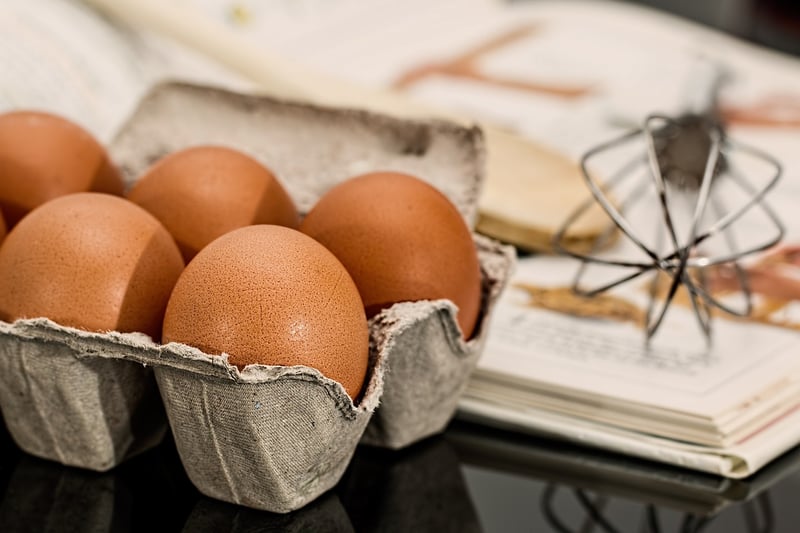Culinary History
Dive into Culinary Traditions and Culinary History
Food is not just a means of sustenance; it is a reflection of culture, history, and tradition. Culinary traditions have evolved over centuries, shaped by geographical, cultural, and social influences. Exploring the culinary history of different regions provides a fascinating glimpse into the past and offers insights into the way people lived, cooked, and ate.
The Importance of Culinary Traditions
Culinary traditions play a crucial role in preserving cultural heritage. Recipes passed down through generations carry stories of families, communities, and nations. They connect people to their roots and create a sense of belonging and identity. By celebrating and sharing traditional dishes, we honor the legacy of those who came before us.
Exploring Global Culinary Diversity
Each country and region has its unique culinary traditions that reflect its history, climate, agriculture, and available ingredients. From the spicy curries of India to the delicate sushi of Japan, the rich stews of Africa to the hearty pasta of Italy, the world is a tapestry of flavors waiting to be discovered.
Traditional Cooking Techniques
Traditional cooking techniques vary widely across cultures and can include methods such as grilling, stewing, steaming, fermenting, and baking. These methods not only affect the taste and texture of dishes but also contribute to the cultural significance of food preparation.
The Influence of Migration and Trade
Historical events such as migration, colonization, and trade have played a significant role in shaping culinary traditions. Ingredients, spices, and cooking techniques have traveled across continents, leading to the fusion of flavors and the creation of new culinary delights.
Preserving Culinary Heritage
As the world becomes more interconnected, there is a growing concern about the loss of traditional culinary practices. Efforts are being made to document and preserve age-old recipes, culinary techniques, and food rituals to ensure that future generations can continue to savor the flavors of the past.
Embracing Culinary Diversity
While it is essential to preserve culinary traditions, it is also crucial to embrace culinary diversity and engage in cross-cultural culinary exchanges. By exploring new flavors, trying different cuisines, and sharing meals with others, we can foster understanding, appreciation, and unity across borders.
Let's celebrate the rich tapestry of culinary traditions that make our world a flavorful and culturally vibrant place!


